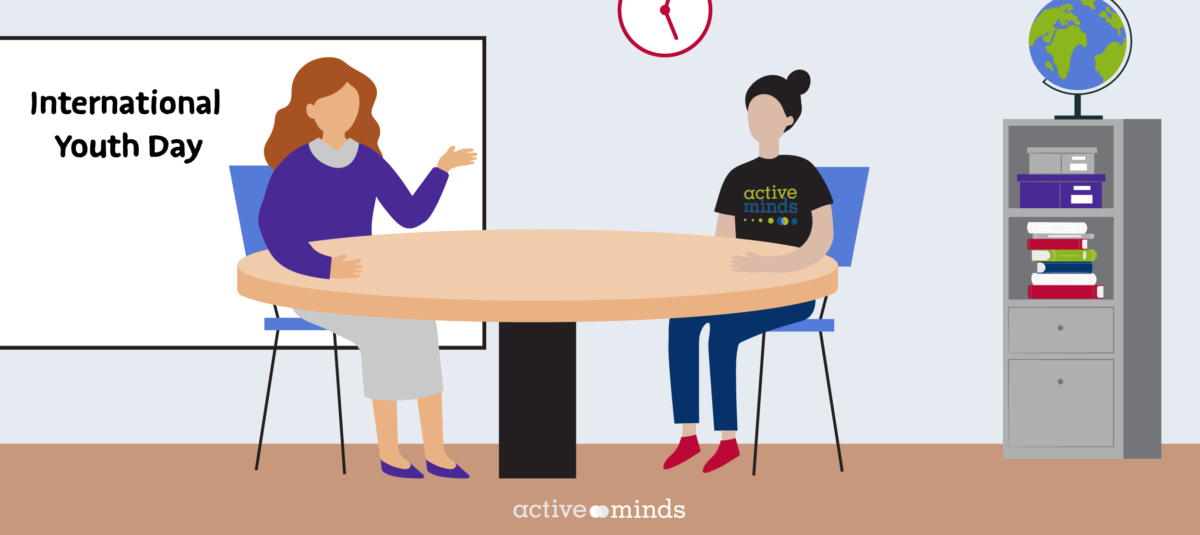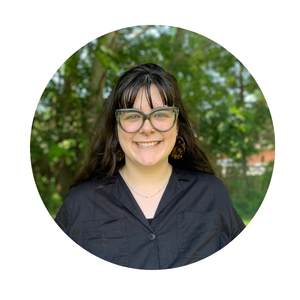International Youth Day is celebrated annually on August 12 to bring youth and young adult issues to the international community’s attention. This day gives an opportunity to celebrate and amplify young people’s voices, actions, and social justice initiatives, as well as their meaningful, universal and equitable engagement. This year’s theme is intergenerational solidarity, which emphasizes the importance of fostering connections between generations for the greater good.
Amid K-12 and college mental health crises, students are speaking up about their struggles in an effort to create solidarity amongst their peers. We see the effects and are taking action, such as our 1,000 Schools in 1,000 Days commitment, created to bring mental health resources and support to the schools that need it the most. But the investment can’t stop there – for these students to receive better treatment and mental health resources, they need the support and allyship of their faculty members to change the culture around mental health. Here are a few ways students and faculty can work collaboratively to create a community that is supportive of mental health and individual well-being:
-
Start the Conversation
Often, we can find it hard to discuss mental health openly, especially if this is something we’re not used to doing. This hesitancy to talk candidly about mental health can lead students to feel that their struggles are unusual, not real, or not severe enough to warrant asking for help. Starting a conversation with your own friends and peers is one way to help others feel more comfortable sharing, and in turn, changing the culture around how we view and talk about mental health.
Students: Reach out and start a conversation with your peers and check in. By creating a safe space to talk about how you’re really doing, you can ensure folks feel heard and develop a sense of connection amongst those who have experienced similar struggles.
Faculty: Students view faculty, teachers, and professors as allies on campus or at school because of their connections with other staff members and community members. When students need help, faculty are often one of the first trusted adults they reach out to. You can offer immediate and effective support to them by using skills such as V-A-R®, or Validate-Appreciate-Refer®, Active Minds’ everyday tool for everyday conversations about mental health.
-
Create a Community of Support
Community can be defined in many ways, but at its core, it’s all about connection. It’s feeling connected to others, accepted for who you are, and supported on your good days and bad. By starting, maintaining, or joining an Active Minds chapter, you are joining a community with like-minded peers working to change the culture around mental health at your school or on campus.
Students: Starting or joining an Active Minds chapter is the best way to meet others with similar interests and experiences. Active Minds chapters provide students with opportunities to engage in programming, grassroots advocacy, policy change, and other essential actions to change the conversation around young people’s mental health.
Faculty: Support from faculty is integral to the success of an Active Minds chapter. Whether you’re taking on the role of chapter advisor or supporting the students’ work from afar, your investment is critical to creating change.
Students AND Faculty: In addition to starting chapters, we encourage you to learn more about other programming options offered by Active Minds, including the Active Minds Speakers, Send Silence Packing®, and K-12 Initiatives at our Fall Programs Open House. Register for the virtual event here!
-
Advocate, Educate, and Raise Awareness
By simply bringing students and staff together, your efforts to normalize young adults’ experiences with mental health can have a long-term positive impact at your school or on campus. Through these three simple steps, you’ll be able to ensure that your actions and programming reach as many people as possible.
Students AND Faculty: Start by defining what advocacy means to you and your chapter or school. It may take a few meetings to reach a consensus, and that’s okay. Advocacy can look like tabling with mental health resources in your college’s campus center or hosting an after-school self-care event for teachers and students. Second, make sure that your efforts and conversations are supported by educational resources and materials. The Active Minds Programs Hub is a great place to download free and easy-to-use resources to support your work. And lastly, the cornerstone of Active Minds chapters is to raise awareness. Raising awareness is not only about sharing your story and using your voice; it’s also about giving a voice to those who may not have one. This is central to all social justice efforts that create tangible change.
Promoting and preserving mental health on campus or at school is everyone’s job. Both students and faculty can play a role as mental health advocates by talking more openly about mental health symptoms, sharing available resources, regularly modeling practices that enhance daily well-being, and actively participating in campus/school-wide advocacy efforts. This International Youth Day, I encourage you to create honest and supportive conversations about mental health in your communities. Let’s do our best to be available and pay attention.




